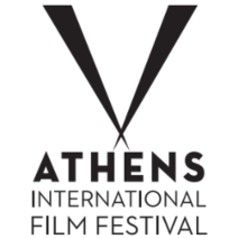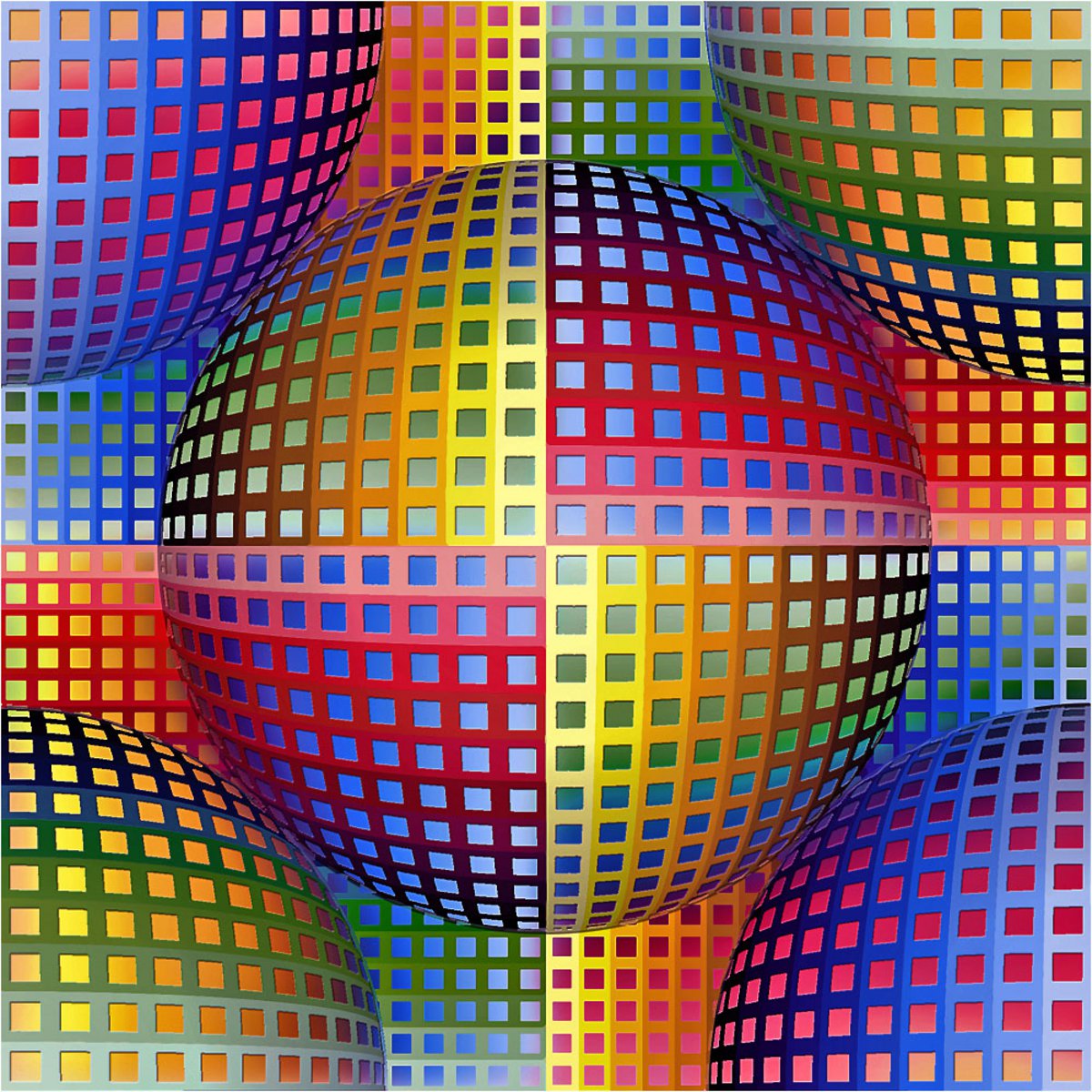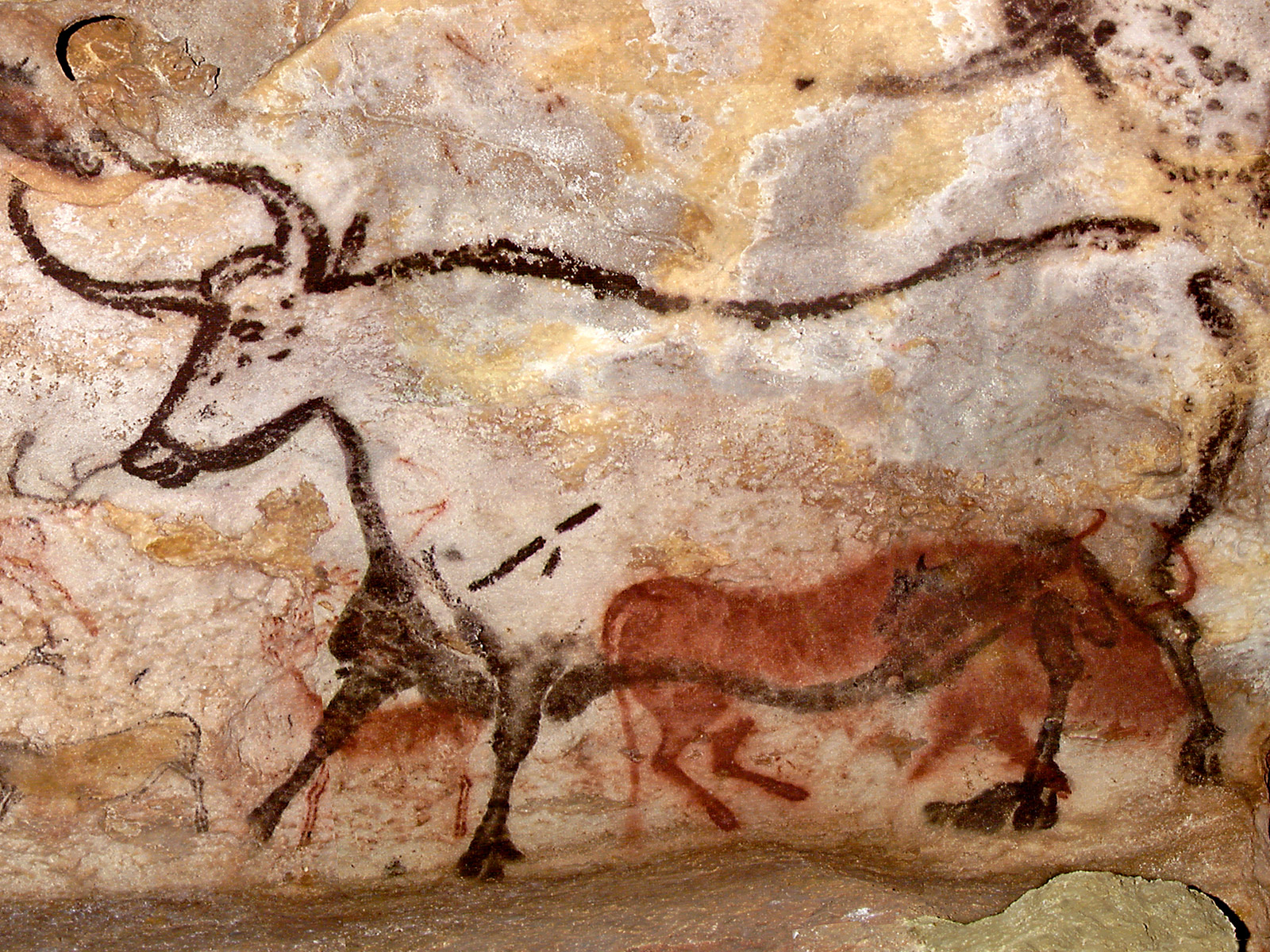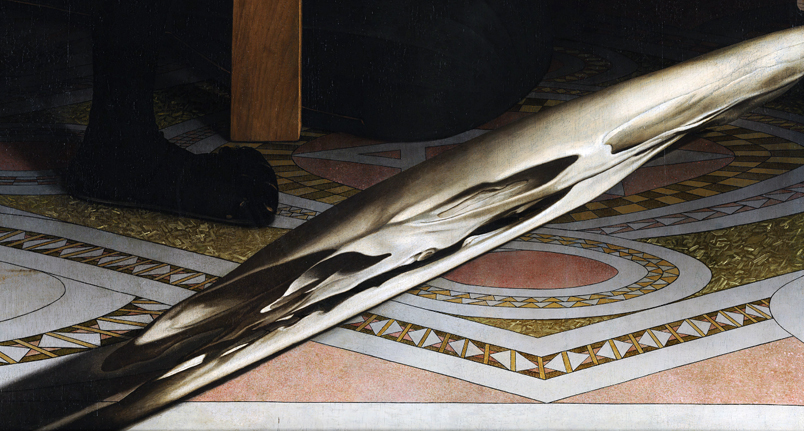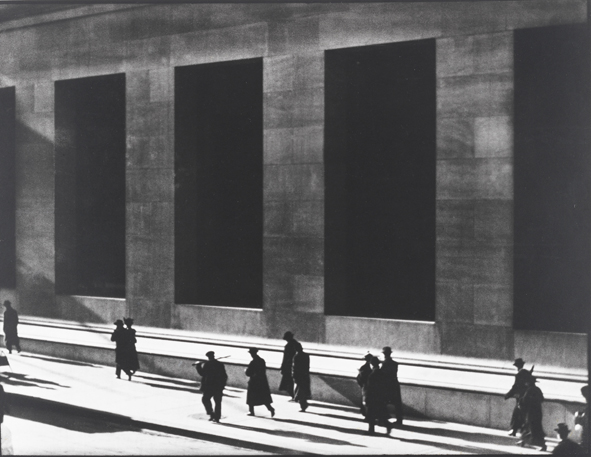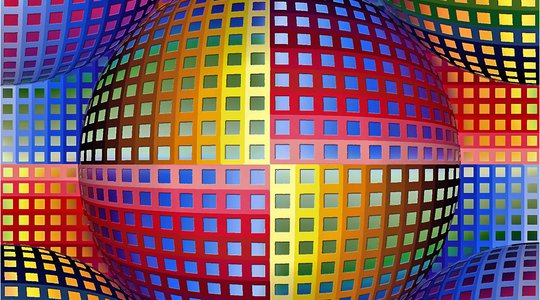Frame - Light - Motion
"Cinema was created to capture an eternity that constantly changes shape. Papadiamantis is the greatest Greek filmmaker who ever lived - just read his books and you'll see - same as Tsitsanis".
Using Christos Vakalopoulos' quote as a springboard - far from an unwavering standpoint, it's simply a fountain of ever-evolving ideas - we attempted a spontaneous improvisation based on the primary elements of cinema:
frame, light and motion.
These elements have always defined the history of the arts but it's cinema alone that requires a combination of all three.
Next, we pulled Papadiamantis' books out of their cautious loneliness, only to realize that his trademark beard isn't the only reason he was proclaimed the predecessor of the hipster movement.
Along with his own work, we read contemporary French poet Stéphane Mallarmé and Thomas Pynchon, swimming through Krzysztof Penderecki's atonal sound-masses and Karlheinz Stockhausen's "Helicopter String Quartet", as Tsitsanis' rapturous pre-intros sprung to life in front of our very eyes.
Claude Debussy was pointedly present in this conspiracy, expressed through thousands of trailers and excerpts of better or lesser-known movies.
This radical reinterpretation of the film language was completed with a little help from Kostas Sfikas' "Model" - staking a claim for best film in the history of Greek cinema - and early 20th Century Avant-garde tactics. In other words, everything that prepared the ground for "capturing eternity", asserting its right over the reconstruction of the invisible - that constantly changes shapes.
BEHIND THE MOTTO
20.000 years ago, prehistoric men filled the walls and the ceilings of the caves they lived in with drawings of animals.
They must have used the first source of light - oil lamps - to admire these first paintings, presumably made for religious purposes. They were probably sitting together in groups or lying down. Maybe they even walked among them.
It was said that this ritual was part of an ancient performance. In that case, the viewing of the paintings would have been accompanied by stories, teachings (to educate the young hunters, for example) or music.
Contrary to contemporary performance (or film screening), the prehistoric viewer was able to rest his gaze anywhere he liked: at a bison on the right, a deer at the other end of the cave or a horse a little further down. The concept of framing did not yet exist. Man was free, the world was his playground and the sky was the limit. While the space they inhabited gradually became limited to communities, houses and cities, man had to contain his creativity. A frame, defined by four straight lines, gave rise to the first autonomous images, initially in large murals or sarcophagi. The representation of the visible world lacked the wild freedom of the caves.
Thousands of years later, these images crawled down the walls and were placed inside frames, calling attention to their contents.
Nothing much changed until the beginning of the 19th Century, although artists never stopped dreaming - and in some cases plotting - their escape from the restraints of the frame.
The most impressive escape is the one orchestrated by Hans Holbein in his 1533 painting "The Ambassadors" by placing an indeterminable object at the bottom of the painting. Only if you look at the painting from a specific angle can you tell it's a distorted skull rendered in anamorphic perspective.
A century later, Spanish painter and theorist Francisco Pacheco encouraged his students to create images that spilled out of their frames.
During this immense historical period, light was only used as a technical tool to achieve contrast between light and dark. Caravaggio's chiaroscuro is the ultimate lighting achievement of the period.
Painters had already used the camera obscura in an effort to take advantage of light reflection to better portray the visible world before capturing it on canvas.
But it wasn't until the beginning of the 19th Century, when light - with a little help from chemistry - became the main representation tool, capturing and printing the visible world on a single surface (contained within a frame): the photograph.
Pretty soon, these still images found a way to move and photographs were set in motion, turning into cinema.
Another source of light - the electric lamp, replacing the oil lamp - helped project them on large surfaces. The freedom of the cave was long gone and cinema was projected within the constrains of a new frame called the screen.
The birth of cinema wasn't the end of an era. On the contrary, it was the beginning of a reverse journey to our forgotten freedom.
It was an organized return, a revolutionary "exodus", staking its claim on the representation of the invisible. That's probably what Vakalopoulos was referring to when he wrote about "capturing an eternity that always changes shapes". Only cinema could ever do something like that.
It's no coincidence the first official director in the history of cinema, Georges Méliès, made fantasy films, placing the invisible within a traditional frame.
What cinema managed to do was to cancel out the distance between the visible and the invisible, incorporating the impossible in its pursuits.
Cinema had declared a war on the complacency of the human gaze and nothing could stand in the way of this legitimate terrorism. Not the big studios, not narrow-minded producers, not censorship, not black lists, not even multiplex cinemas, television or the internet.
In the years that followed, the rest of the arts joined the war on frame (all you had to do was take a look at Lucio Fontana and Boyce's work) and mapped out their own confrontational return.
Using "Frame - Light - Motion" as the motto of the 20th Anniversary edition of the Athens International Film Festival was like looking at cinema as the breeding round for unorthodox departures.
Now that framing is in question again thanks to 3D, simultaneous screenings, holograms and transmedia, light isn't as necessary as it once was (Norman McLaren used to paint his films frame by frame, without ever developing them) and motion has declared its independence of the frame.
Sometimes I think that cinema would like to revert back to its initial freedom or would at least like to express itself outside of frames, with no light and no movement at all.
Everything else is just a matter of habit.
Orestis Andreadakis


